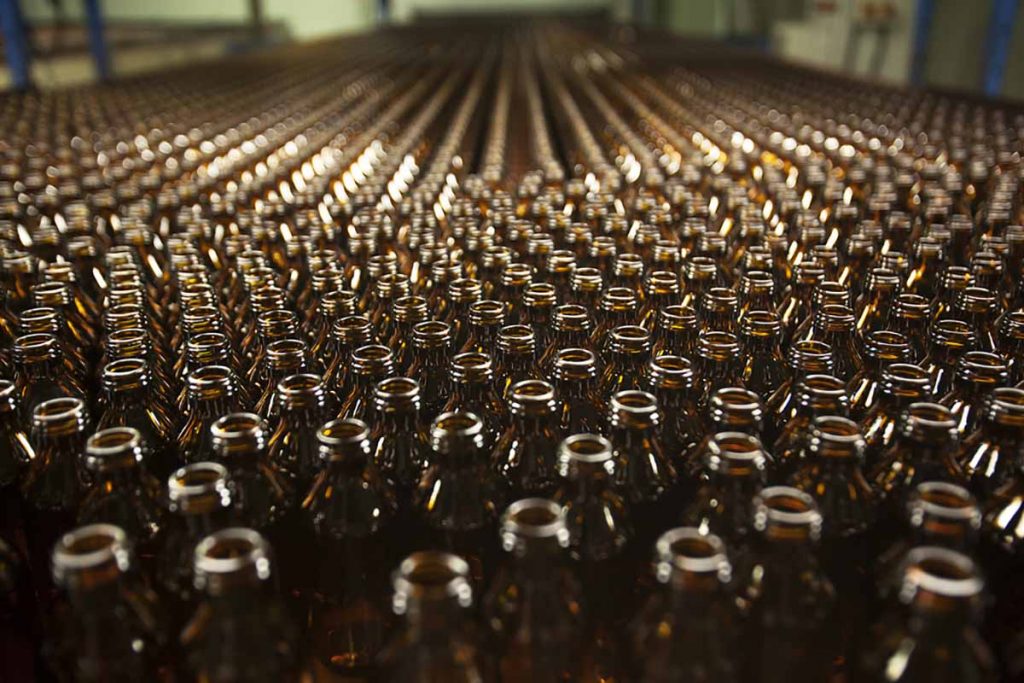
Estimated to cost $123 million, the Valdosta, Ga. plant will have a capacity to produce about 100,000 metric tons of bottles per year. | OVKNHR/Shutterstock
A new U.S. bottle plant that will use recycled glass has begun firing up its furnaces.
Resource Recycling keeps you on top of critical industry trends and brings unparalleled analysis of the evolving materials stream, market turbulence, policy trends and more.
Sign up for our free weekly e-newsletters to receive the latest news directly.

Estimated to cost $123 million, the Valdosta, Ga. plant will have a capacity to produce about 100,000 metric tons of bottles per year. | OVKNHR/Shutterstock
A new U.S. bottle plant that will use recycled glass has begun firing up its furnaces.
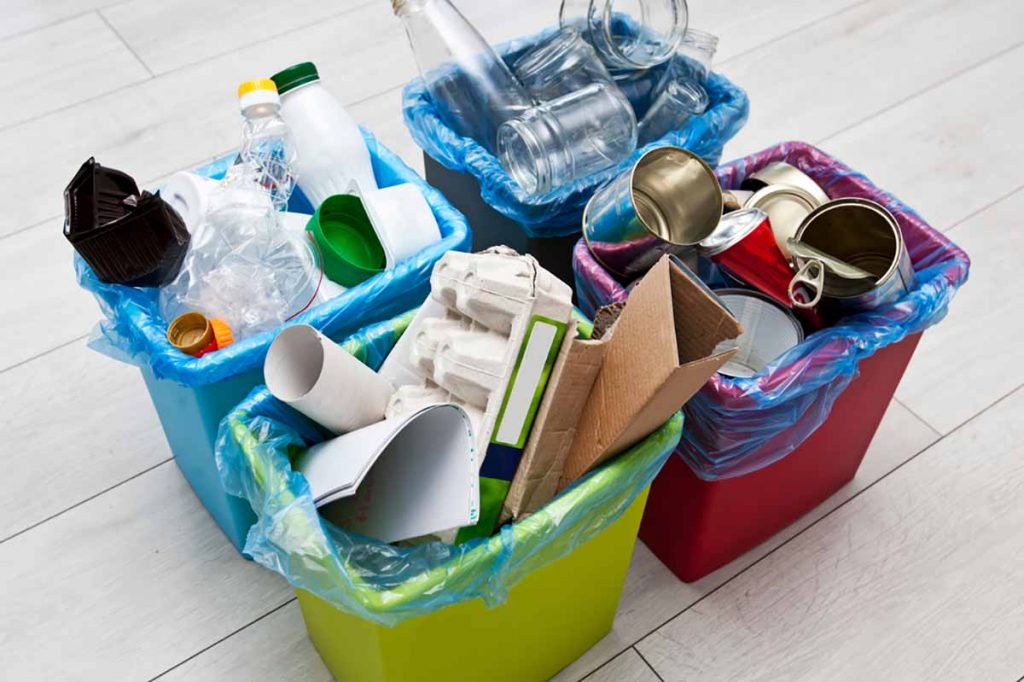
The authors lay out different approaches to goal setting and measurement for EPR programs. | Skylines/Shutterstock
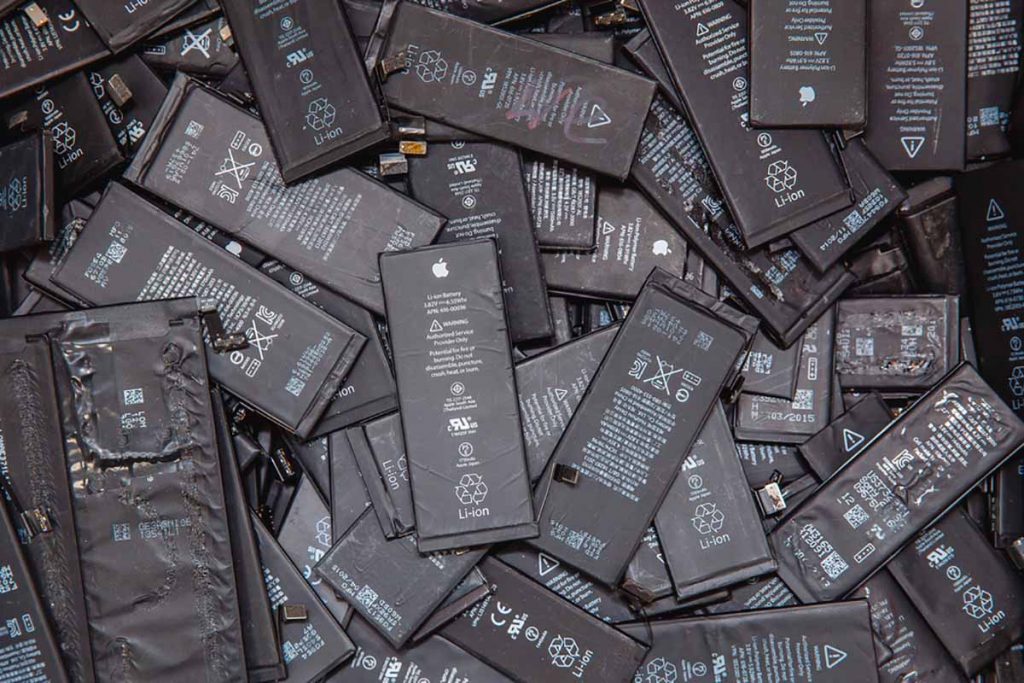
The Rochester, N.Y. plant will be able to process up to 5,000 metric tons of spent lithium-ion batteries per year. | Parilov/Shutterstock
A lithium-ion battery recycling plant has come on-line in upstate New York.
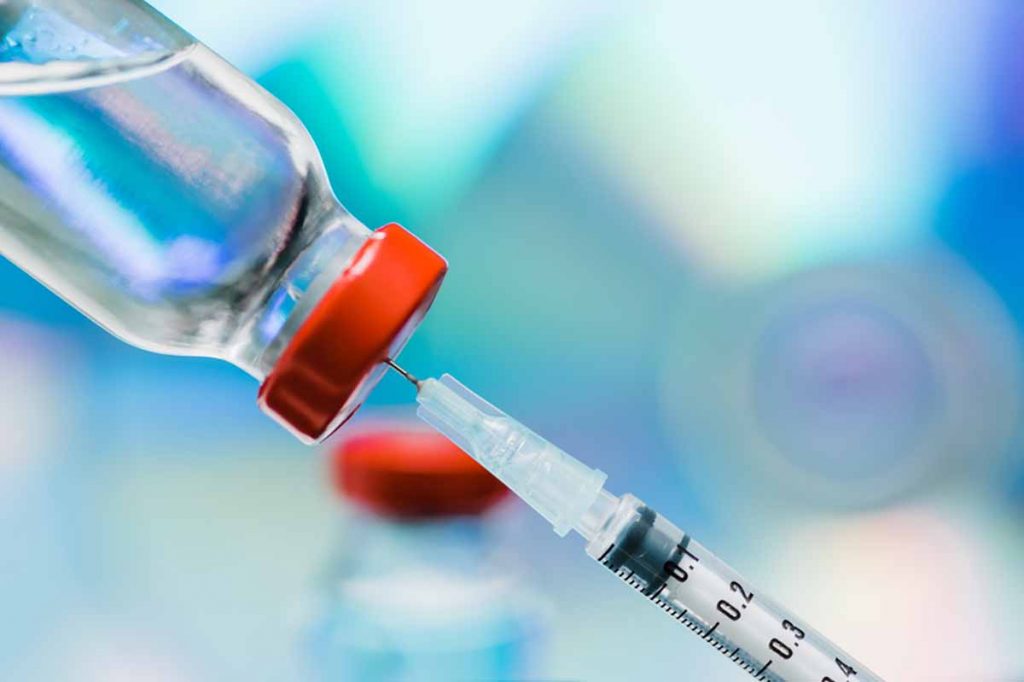
An employment lawyer recently said there isn’t a clear answer yet on whether non-healthcare employers can force employees to receive COVID-19 vaccinations, but there are some indications they’ll be allowed to. | Rohane Hamilton/Shutterstock
As the country gets closer to coronavirus vaccine approvals and distribution, recycling business managers may soon face a thorny question: whether to force employees to inoculate.

The Chinese government has been enacting restrictions over the past few years, with a full ban coming into effect Jan. 1, 2021. | Wangkun Jia/Shutterstock
The Chinese Ministry of Ecology and Environment last week announced details about the country’s upcoming ban on all materials it classifies as “solid waste,” including recovered fiber.
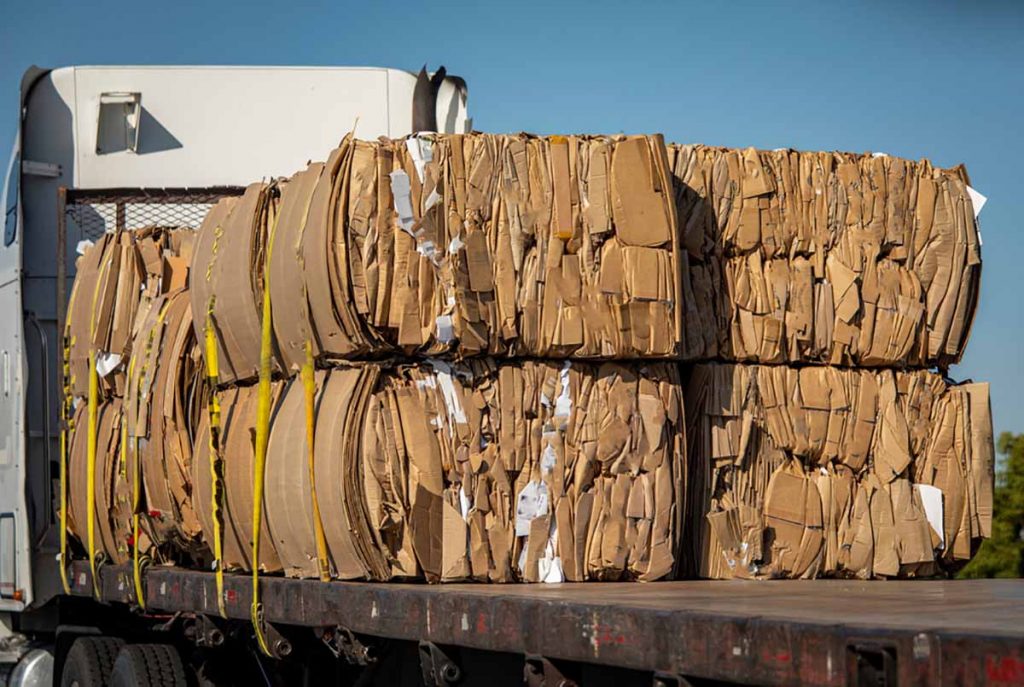
China remains the largest buyer of U.S. fiber, importing 1.86 million short tons during the third quarter. | F Armstrong Photography/Shutterstock
Paper and plastic exports continue to trend lower than in previous years, even as shipments increase to certain countries, recent figures show.
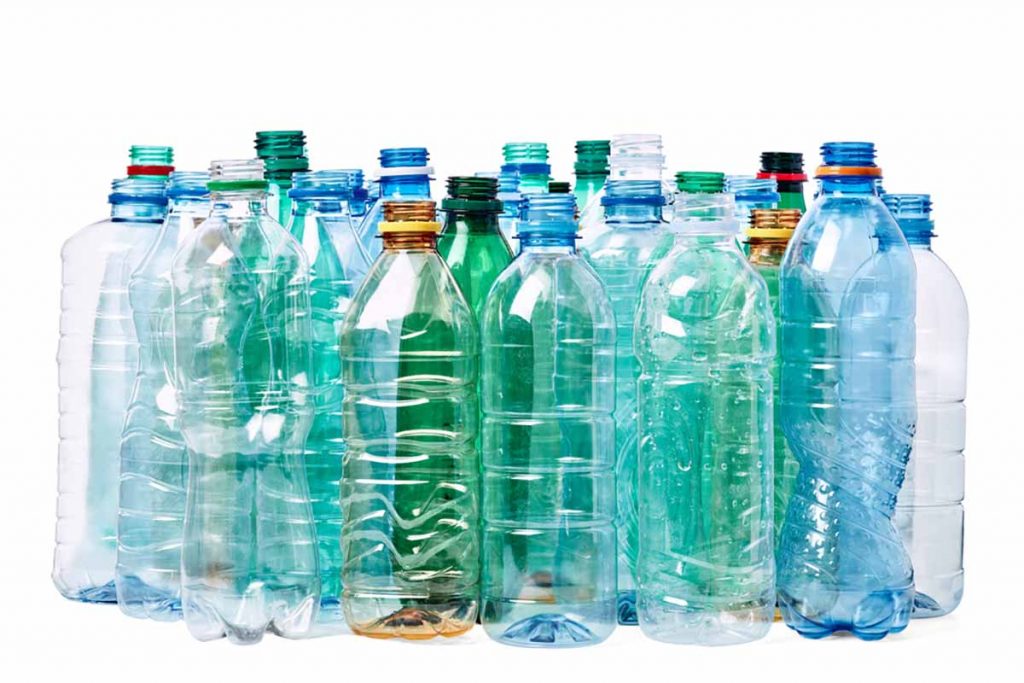
Last year, 1.77 billion pounds of PET bottles were collected and sold to reclaimers. | Picsfive/Shutterstock
The U.S. PET bottle recycling rate declined by a percentage point to 27.9% in 2019, though the amount of RPET used to make new bottles increased.
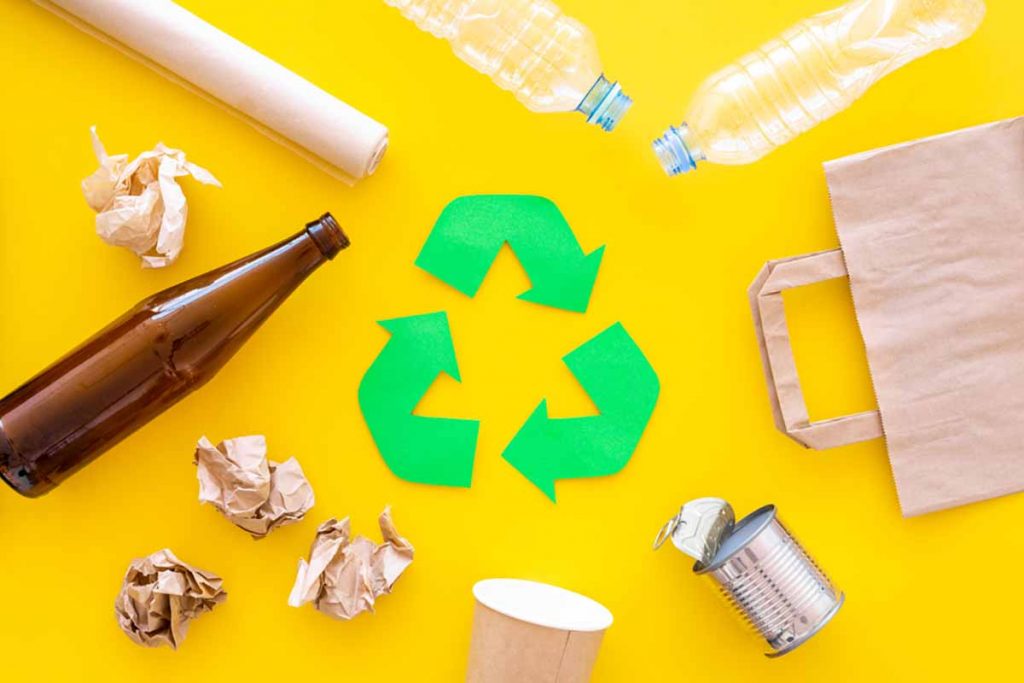
Recycling stakeholders recently gathered virtually for the 2020 MRF Summit.| 9dream studio/Shutterstock
At the recent MRF Summit, held online, recycling leaders tackled a number of trends that are shaping the fortunes of material processors.
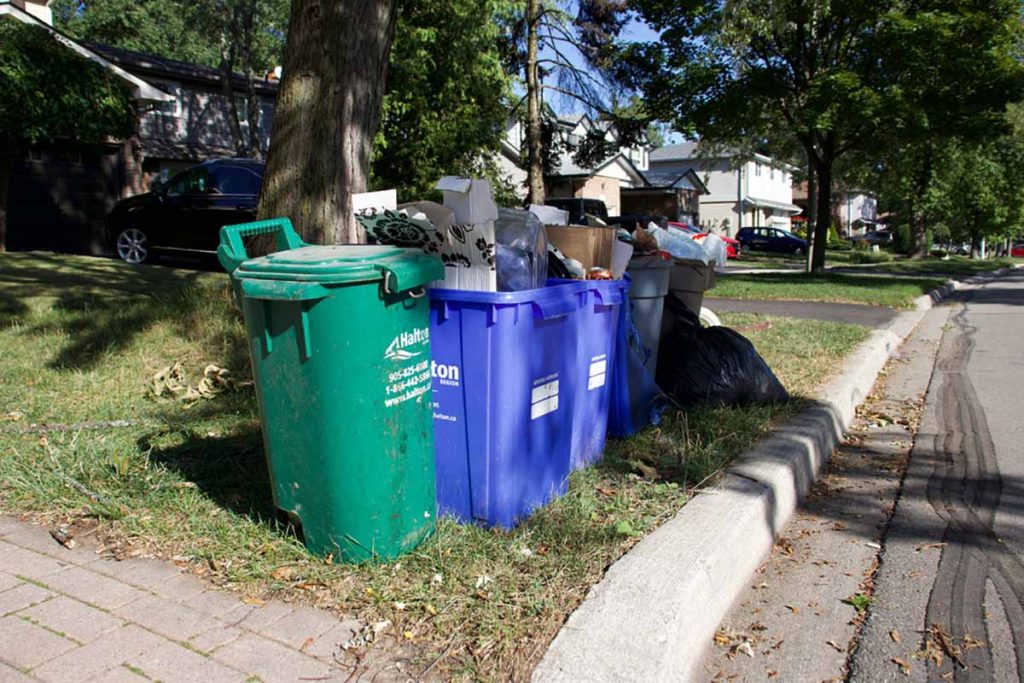
The average value of a ton of recyclables dropped in the U.S. Northeast and Ontario in the third quarter. | Camillo Clauser/Shutterstock
Average commodity values tumbled by about one-fifth during the third quarter, according to a survey of northeastern U.S. MRFs. A price sheet for Ontario showed the same downward trend.
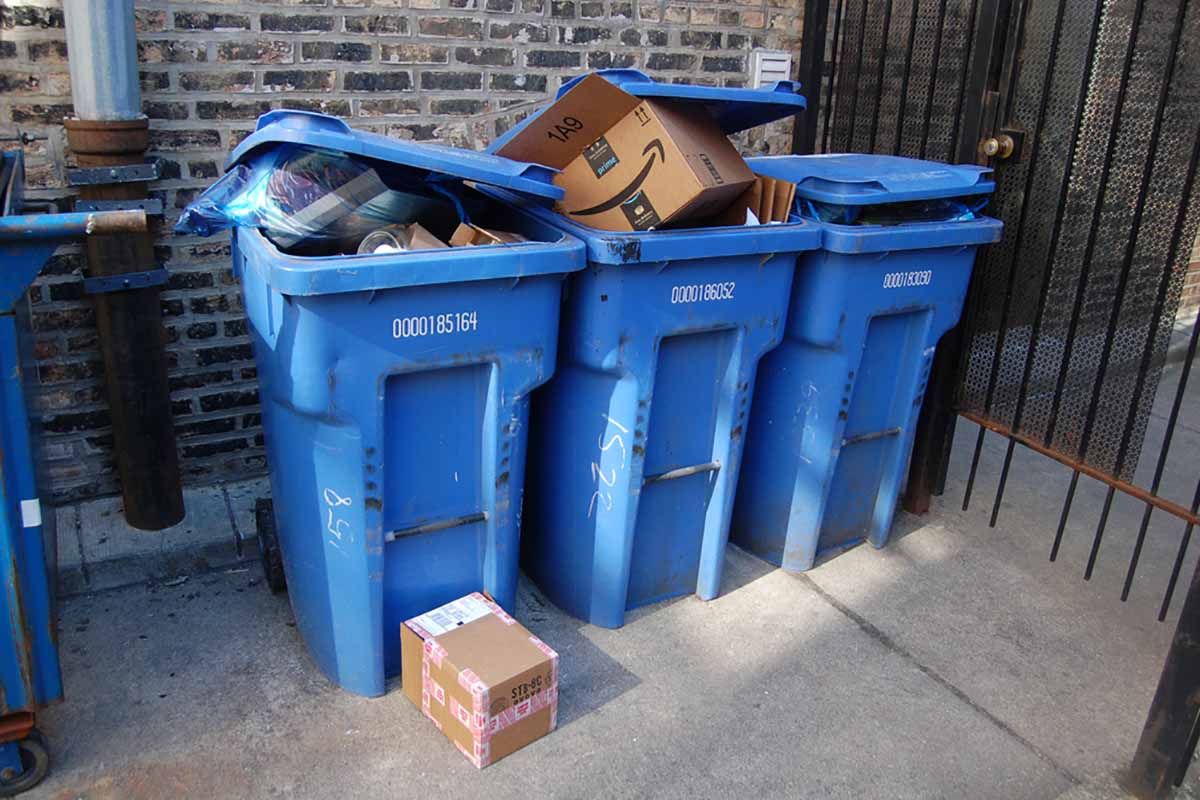
The author argues that a focus on recycling creates a culture of guilt-free consumption, allowing people to feel they can consume more and more as long as they think what they’re consuming can be recycled. | Mary at T-Comms/Shutterstock

